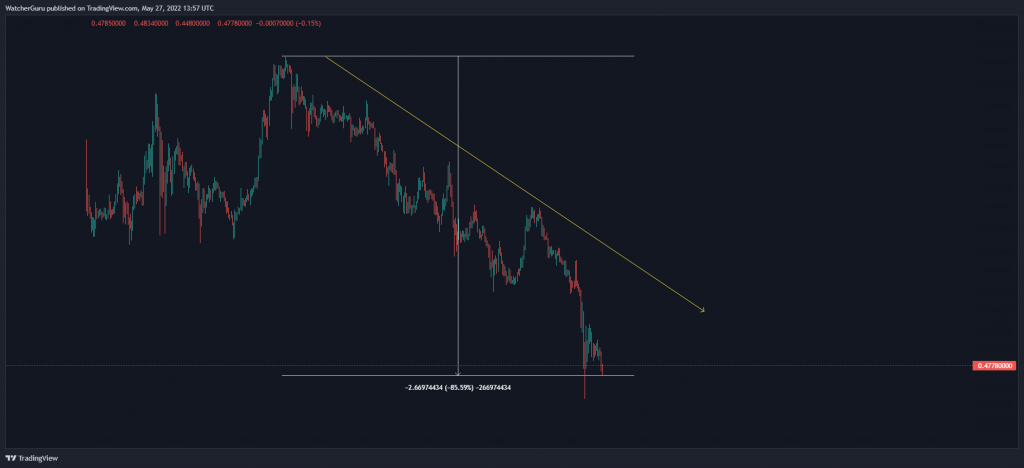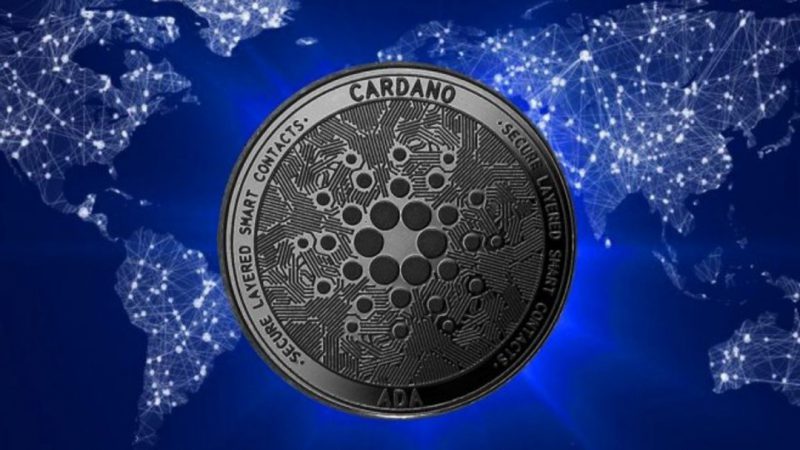The Cardano community has grown by leaps and bounds in the last two years, with social media mentions spiking by 265000% to 14.77 Million as of 26 May according to LunarCrush. But on a more recent note, have ADA’s price declines created panic amongst new entrants? Let’s have a look.
Cardano remains bearish on a daily chart


Cardano’s monthly performance in May has been largely in line with most of its competitors. The asset was trading at a 44% discount since 1 May and a full 85% below its 2021 ATHs. One would assume that the sell-off would taper community sentiment but the Cardano community refuses to be silent observers.
Has the market sell-off pushed away new investors? It doesn’t appear so. It was reported that the number of ADA wallets grew by 100,000 in April, at a time when ADA recorded its worst decline in 2022.
Furthermore, between April 19 and May 19, an average of 2,340 new Cardano wallets have been created daily as per Cardano Blockchain Insights. That brings the total number of holders to 3.34 million, just 5% lesser than the total wallets that hold Ethereum.
Development activity spikes to fresh peaks
Considering that Cardano’s price has remained bearish for well over 2 months now, why were investors still comfortable entering the market? A large reason for that could be external network developments.
Cardano’s ecosystem has come a long way since it started back in 2015. The Alonzo hard fork made it a key player in the DeFi sector, allowing the creation of dApps and smart contracts.


With Cardano’s next hard fork around the corner, development activity has risen to fresh highs. The index had dipped slightly during early May but started to rise once again as the Vasil Hard Fork event drew closer.
Vasil is expected to bring about major updates to the network throughput, Plutus smart contract languages latency of block transmission, while also introducing a “diffusion pipelining” to the blockchain. As part of the upcoming update, Cardano had enabled CIP-31 / CIP-33, which reduces transaction sizes and the time needed by smart contracts to perform operations.
Judging by recent figures, the Cardano community is not going anywhere despite price fluctuations. If anything, the upcoming changes could very well reinforce Cardano’s position among the crypto bellwethers and the community would only grow further in the years to come.





